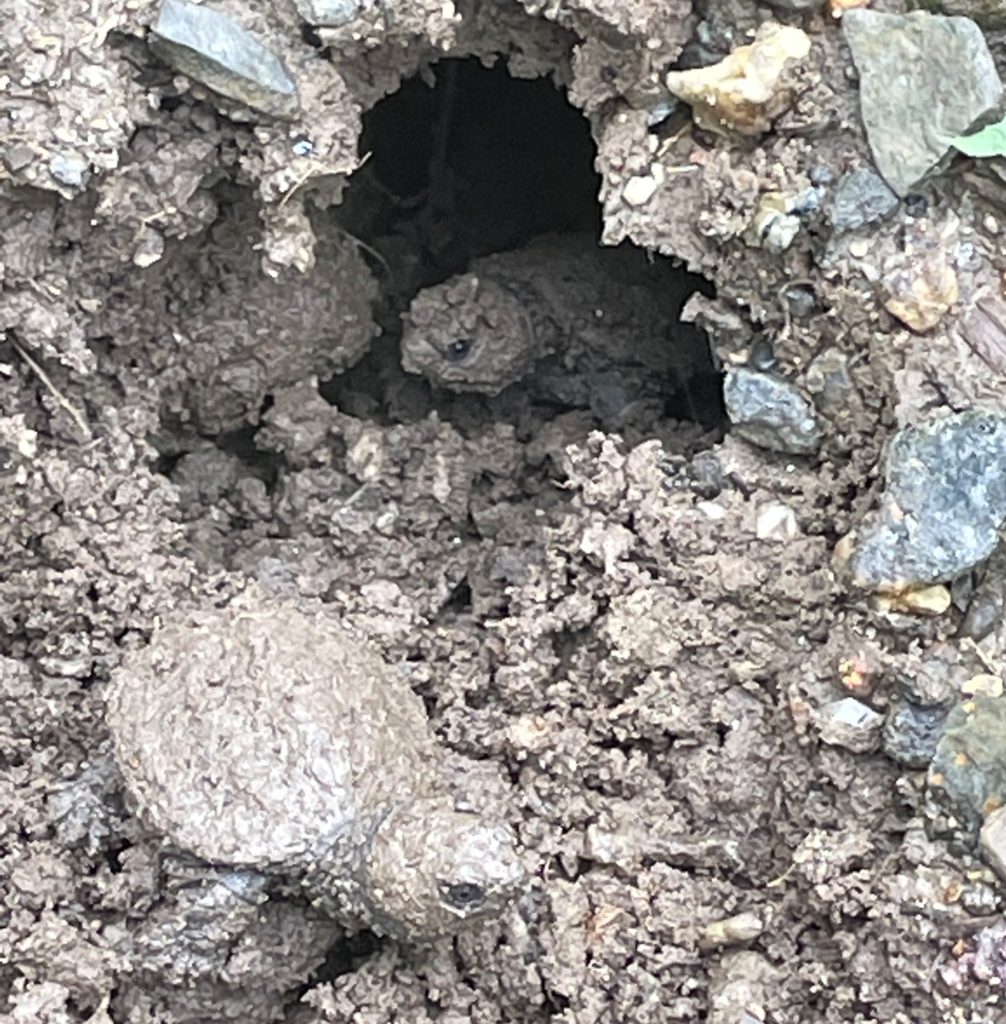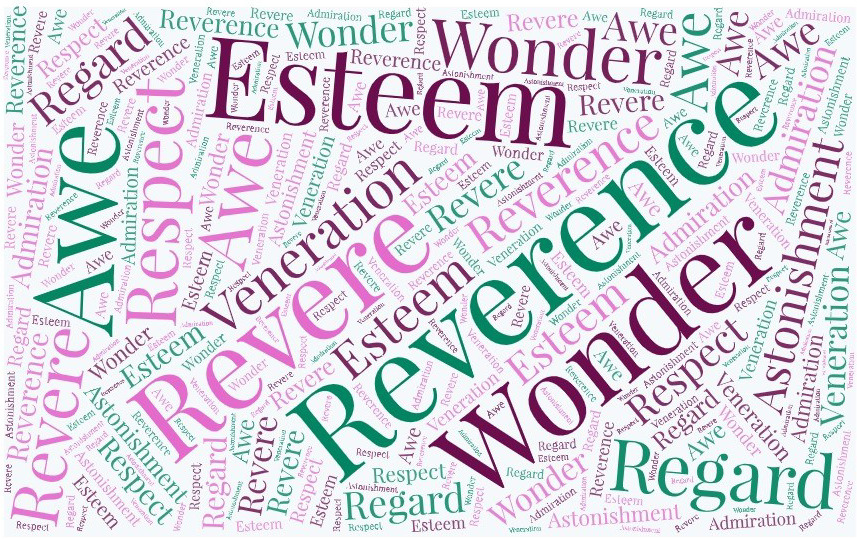
“Emerson gave us last Monday evening the most brilliant lecture I ever listened to from any mortal. It was on the identity of the laws of the mind with the laws of nature. He proved conclusively that man is only a higher kind of corn, that he is a squirrel gone up into the first class, that he is a liberated oyster fully educated, that he is a spiritualized pumpkin, a thinking squash, a graduated sun-flower, and inspired turnip. Such imagery, such wit, such quaint things said in a tone solemn and sublime! I have the most profound respect henceforth for every melon-vine as my ancestor (melancholic thought). I look upon every turtle as of kin.”
(Thomas Starr King, letter to Randolph Ryer, January 29, 1849, p. 3)
The winter thaw last spring brought with it reminders of projects that had gone undone from the previous season. One of them in our back yard was a pile of loam left from the construction of a brick patio. The pile sat, and still sits at the back of our driveway on a tarp carefully spread to protect the asphalt driveway. It’s been there over a year now. Last spring we began the process of removing it only to be stymied by my daughter’s discovery that one of the resident snapping turtles from the creek at the end of our property had carefully laid three to four dozen eggs at its center. We pondered what to do and decided that we’d cover up what we’d disturbed and wait until fall to move the rest of the pile.
After a summer of rain, we worried aloud that the eggs probably didn’t make it. The pile was to wet and compact. Yet still we waited. Someone had told me once that the eggs usually hatch near the end of September. Sure enough, one morning I spied a small hole a the top of the pile and a bit of very slight movement. Closer inspection revealed two quarter-sized turtles, muddy but very much alive, emerging from the pile. Inspection soon turned into a moment of deep recognition. I watched as the turtles slowly poked their head and then their bodies into the sunlight. Muck-covered and bewildered. I recalled what it was like to emerge last spring from a winter of pandemic distance, into the sunlight of a spring day. I too knew that pace, as I ventured out into the world once again, uncertain, anxious, searching for bearings that would anchor me to safety. That moment of compassion and empathy where one’s fragile creaturely nature is touched, was, for me, the beginning again of reverence; a perpetual process of recognition, or re-knowing, how deeply I am related to life in its many and wonderous forms. It is also the beginning of compassion, the willingness to recognize our suffering with those lives that journey with us. A journey that is often as much about returning as it is moving on. I’m reminded hear of Sam Kean’s words from his book Hymns to an Unknown God.
“Whippoorwills and barn owls sang me to sleep, and many times I woke in the darkness and had to feel for fur on my face to find out if I was a boy dreaming I was a bear or a bear dreaming I was a boy. Before we learned to keep quiet about taboo subjects and to forget our immense knowledge, we were all delightfully and painfully omniscient and clairvoyant. We moved to the rhythms of those around us; our bodies danced our fathers’ and mothers’ joys and mourned their sadness. Compassion was unavoidable. I remember how I cried when my father’s eye was badly scratched and he lay for three days in a dark room. When primitive myths tell us that we once spoke and understood the languages of birds, animals, reptiles, and insects, they remind us that childhood was a time of at-one-ment, of communion of sentient beings when all creatures shared a single body.”
I think this is what is at the heart of Thomas Starr King’s effusive praise for Ralph Waldo Emerson (see above). Writing in a letter to his friend Randolph Ryer about Emerson’s series of lectures, redelivered in the winter of 1849 at the Freeman Place Chapel, newly purchased by Second Church (Unitarian) in Boston that year. Emerson’s lecture was on “The Relation of the Intellect to Natural Science” the second public address in a series on Mind and Manners of the Nineteenth Century, in which he notes,
“As we can not go into the Zoological Museum without feeling our family ties, and every rhomb, and vesicle, and spicule claiming old acquaintance, so neither can a tender Soul stand under the starry heaven, and explore the solar or stellar arrangements, without the wish to mix with them by knowledge.”
It is this kinship with the universe and all her creatures, that is at the heart of reverence. It is recognition, a deep re-knowing of the ties that bind us together with life itself. My prayer for you this month is that you have moments of such deep re-knowing. That, in your efforts to “repair the world” you are re-energized by the reflection of the life you share with all creatures, great and small, as well as the earth itself and all the “solar and stellar arrangements.”
Blessings,
Aaron

